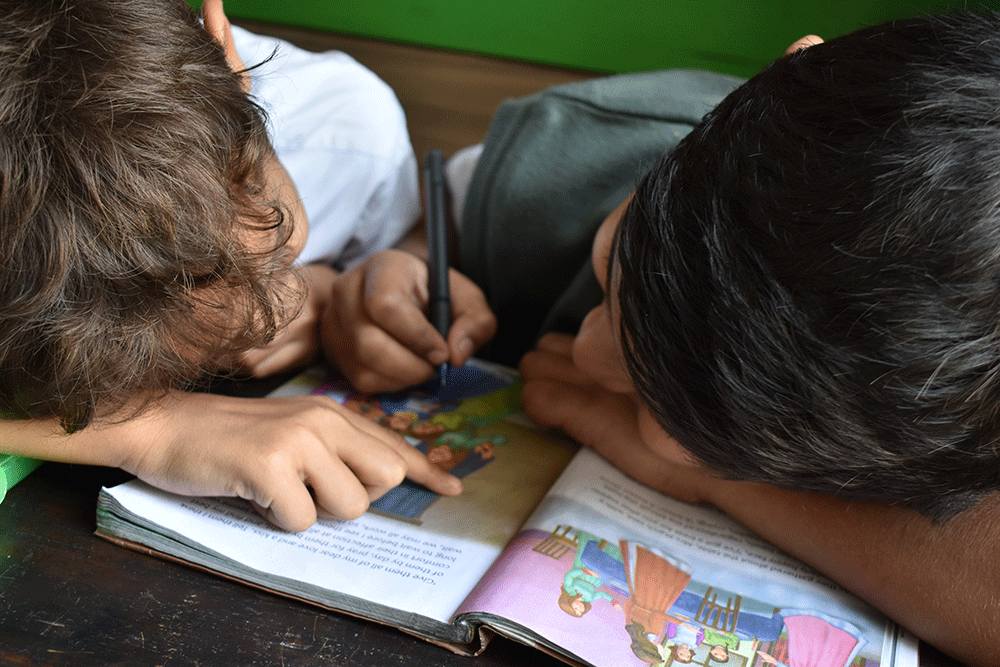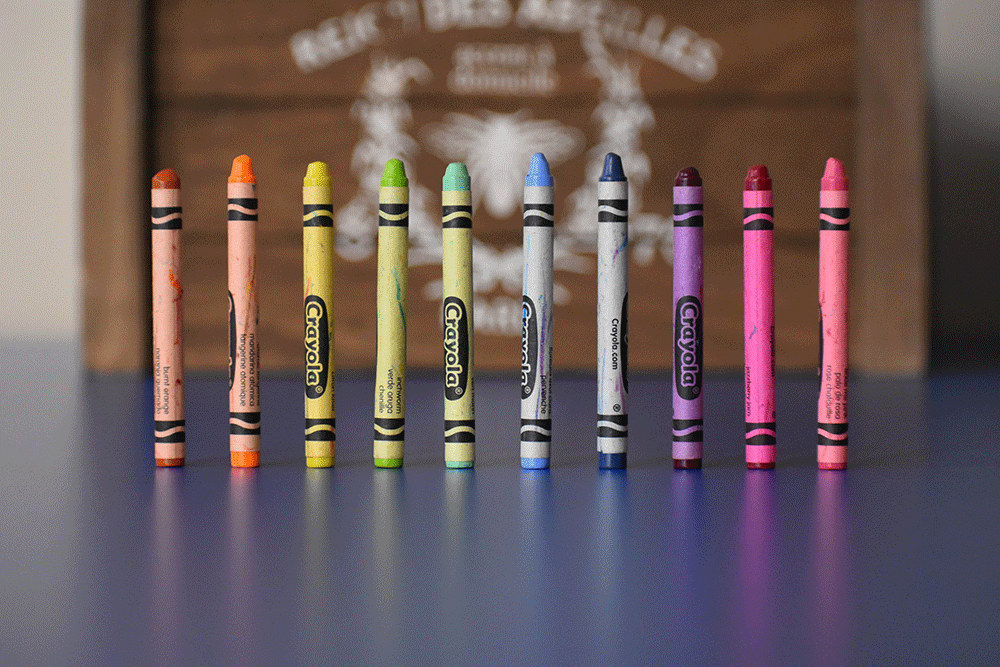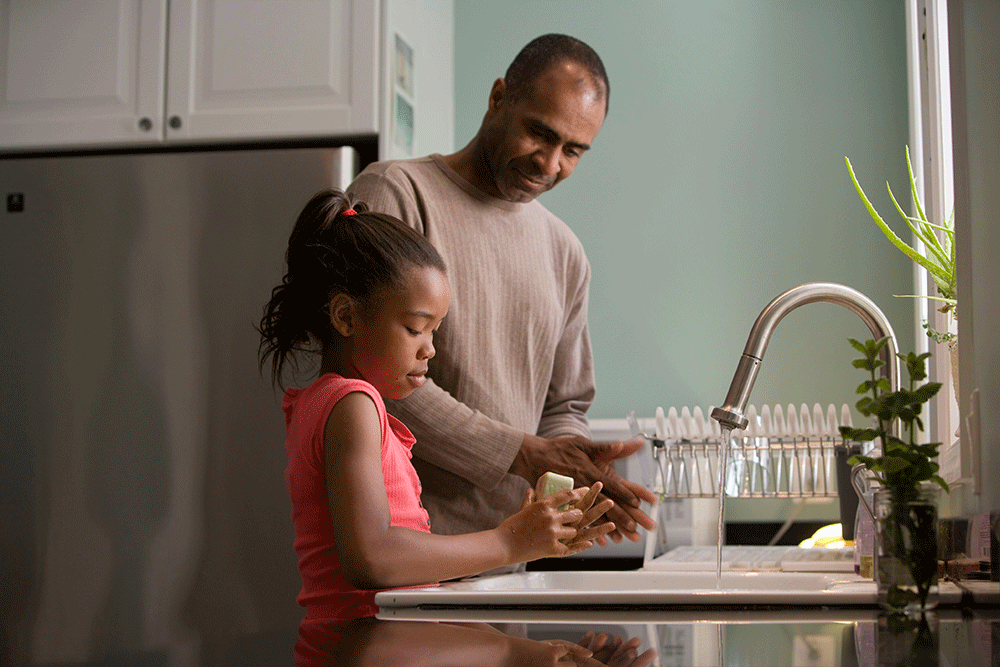It’s a fact: learning a foreign language brings a wide range of cognitive, social and academic benefits to children’s development. But this is probably not news to anyone at this point. What may come as quite a surprise is how much parents can do to encourage language learning from home, and how much introducing the target language into the family home guarantees children will perceive this educational process as natural and enjoyable – the ultimate secret ingredient to life-long habits and passions.

Before we share our list of fun language games and activities with you, we should point out there are two general guidelines you must take into account when you plan for your kid’s language learning from home.
The first one has to do with the family members’ language abilities. If you’re a native speaker – or almost-native – of the target language, then make sure you’re your child’s main input and interlocutor, a role that should last forever in your child’s mind: I use X language at home and X language outside my home. If you’re not confident enough in your language skills, then try to find a different source of input that is close to your kid’s heart and mind.
Our second point is simple: repeat, repeat, repeat. Whatever fun activity you choose to do with your child, don’t be afraid to do it a thousand times. Children learn languages best by repetition (specially when you consider important linguistic aspects such as pronunciation or intonation) and – as you as a parent know far too well – they have absolutely no issue with doing the same thing again and again if they enjoy it.
So, this being said and with no further ado, here’s our selection of fun and educational language activities you can do with your children at home:
Storytelling, riddles, poems and tongue twisters
Storytelling can be done in so many fun and different ways. In fact, it can even be age-adapted. From telling the story yourself or using audio material to getting your child to do it. Whenever possible, try to use real objects or people surrounding your kid. You could, for instance, take several things common to your home (a toy, a piece of fruit, a toothbrush…) and either you yourself make up a story containing all of them or ask your kid to do so – as an alternative, maybe you can start and get them to continue.
Riddles, poems and tongue twisters serve multiple purposes: vocab, structure and rhythm acquisition, among others. Melodic narratives appeal to children’s minds and, if you add a fun theme to then, you will ensure your kid will want to repeat them time and again, thus ensuring they will naturally assimilate certain structures, intonation and pronunciation.

Drawing
This point is related to the above. Developing imagination is an important aspect of child development but remember not to take abstract concepts too far, since this involves a certain degree of maturity. Why not try to “materialise” your kid’s learning through art? Get them to illustrate that tongue twister they’ve had in their head for days – by doing this you’ll also make sure they’ve really got the gist of what they’ve been saying out loud without having to translate, but rather checking how they relate newly-acquired terms to actual concrete concepts.
This also works the other way round: storytelling can be kicked off by a drawing made by you or your child that will then have to be transformed into narrative.

Music and dancing
While songs serve a similar purpose to riddles, poems and tongue twisters in terms of vocab, structure and rhythm acquisition, they also offer an added value: physical movement! Similarly to avoiding translations by representing abstract concepts through art, kids assimilate concepts by an action-reaction effect. That is, if the song says “you put your left arm in”, children don’t need to analyze the phrase word-per-word, but rather understand the instruction as a whole and react accordingly. And that, friends, is how natural acquisition of a language occurs – no grammar or vocab focus, just as we learn to speak our mother tongue.

Cooking or baking
Making stuff in the kitchen is an activity children tend to enjoy – getting all sticky in the process of creating something yummy you can then eat, what’s not to love!?
Aside from focusing on language with this activity, you can also turn it into a culturally immersive one: choose a recipe specific to your target culture and make sure your child follows instructions in the language they’re learning – if they can read, get them to do so and if not, make sure they receive the instructions orally in their target language. For example, if you’re aiming for your child to learn English, you could make an American pancake-based brekkie. Simply look up a recipe for it in English – either in text or in video format – and follow it along with your child. Remember they don’t only get to lick the gooey stuff, they have to actively participate!

Online language courses
Learning a language online is fairly common nowadays but, while some may think this is strictly so for adults, you’ll find many language schools have designed excellent virtual versions of their on-site courses for young learners thanks to sophisticated technology.
This may conjure images of vocab worksheets or endless listening exercises but that’s pretty far from reality – language institutions now strive to integrate every aspect of children’s learning into online language learning. This means lessons are live and taught by experienced and fun instructors who focus not only on language skills, but also other necessary tools for life such as learning to work alongside peers – social skills. Therefore, your child could be working on a fun project with a new international buddy from home with no need for your help!

Sound interesting? At ESL we’re now offering an astounding selection of specific online Junior courses in several languages that will ensure your child has fun and is engaged in their language learning from home!



